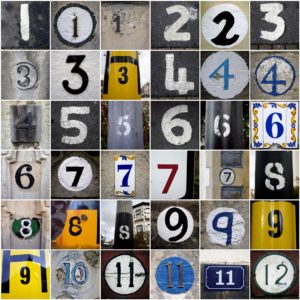With the early onset of warm weather check your colonies for crowding. Add a new box if the frame(s) of a hive box are 80% drawn. A healthy, over-wintered hive may be ready for a honey super. Check for eggs as well as brood. If there is only brood then the queen has stopped laying which would indicate a swarm mentality or she has died and has not been superseded.
Continue checking every 7 -10 days for swarm cells which are typically along the bottom of the frames. The cell is in the shape of a peanut shell. A simple check is to tip a box up on one side to look at the underside of the frames. It is not recommended to remove the swarm cells. Swarming is a natural behavior to increase the bee population. Once the queen cells are capped the colony is probably going to swarm. The queen and about half of the hive population fly off to start a new colony leaving one or more queen cells to hatch. Usually the first queen to hatch will then kill any remaining queens.
There are various approaches to managing queen cells including making splits. To help you decide what action if any you want to take, refer to various books, PSBA’s Swarm Management Tip Sheet or Monthly lesson on swarming, or on-line forums such as the Washington State Beekeepers Forum. There are PSBA members who are interested in catching swarms as a service to the community and protecting bees – print the PSBA swarm list and keep it handy!
The blackberry is the major source of nectar for the lowland Puget Sound area. This year it began flowering prior to its typical June start and will last 2-4 weeks, depending on altitude, weather, and location. In urban gardens, Russian sage, monarda, milkweed, lemon balm, lupin, cilantro, cleome, zinnias, strawberries and hyacinth are popular forage. If you add more pollinator friendly flowers to an urban garden, plant each kind in a group to make a perfect bee attractor. Encourage the bees to return by planting flowers that have a long blooming cycle.
It is not too soon to make plans for extracting your honey. PSBA has 3 honey extractors to rent for a small fee. Reserve an extractor via the PSBA web page under “Resources” and then “Equipment”.
Bee Facts (from the Beekeeper’s Handbook” by Sammataro and Avitabile.
The queen is fed every 20-30 minutes at peak brood rearing.
Queen larvae grow 1500-1700 times the weight of the egg.
